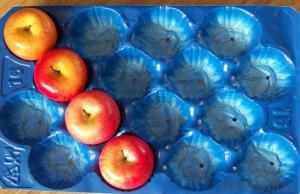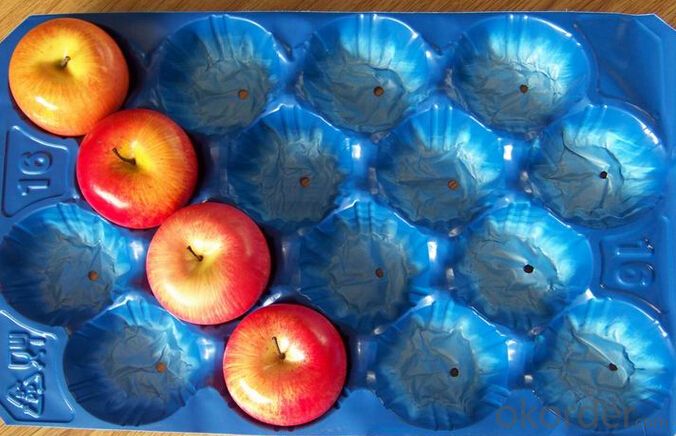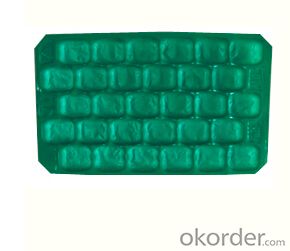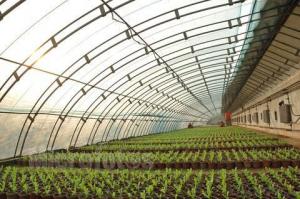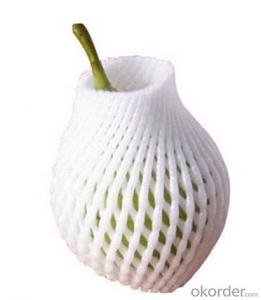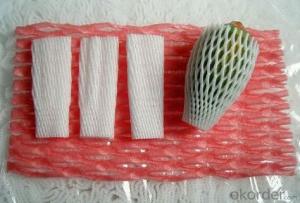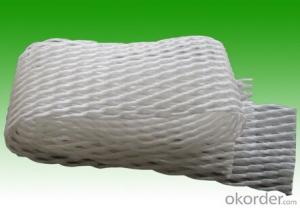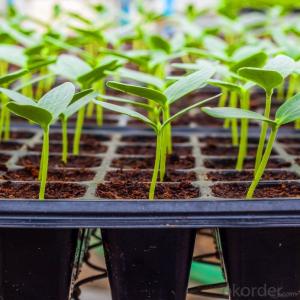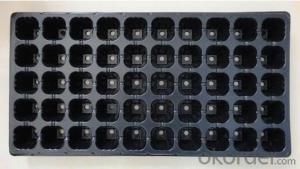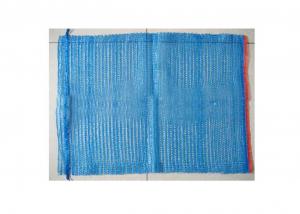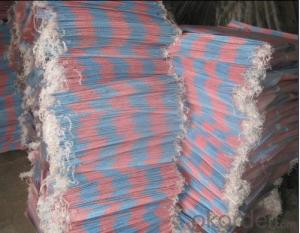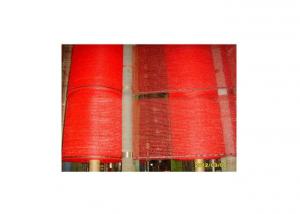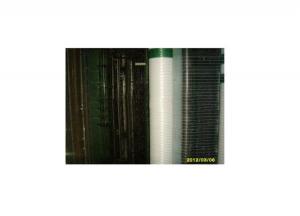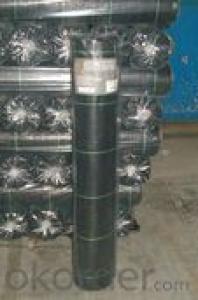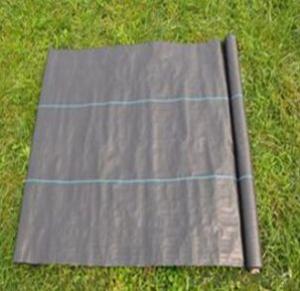Nested Blister Food Tray With Food Safety Grade
- Loading Port:
- Qingdao
- Payment Terms:
- TT OR LC
- Min Order Qty:
- 200000 pc
- Supply Capability:
- 6000000 pc/month
OKorder Service Pledge
OKorder Financial Service
You Might Also Like
Introduction of Nested Blister Food Tray With Food Safety Grade
PP fruit tray, EPE foam fruit net, plastic nursery seed tray, grape bag, EPE Pan Cab (tray like lotus), transparent punnet, PE extrude net, paper pulp tray.
Application of Nested Blister Food Tray With Food Safety Grade
1.For apple/tomato/color pepper/peach/pomegranate/lemon/persimmon/mango etc
2.High quality with low price
3.OEM allowed
4.Color: black/blue/orange/white/red/green/yellow etc (also according to your request)
5.We have applyed SGS certificate and ISO 9001.
6.We also have many other sizes and many shapes for pear, kiwi etc.
7.Production capicity: 10'40HC/Month
8.Packaging (with wood pallets)
Specifications of Nested Blister Food Tray With Food Safety Grade
1.Material: PP , PVC
2.Function:Preventing contacts and rotation between fruits
3.Size: 39x59cm, 29x49cm etc
4.Thickness: 0.11-0.12cm
5.No of holes: 14, 16, 18, 20, 23, 24, 25, 26, 27, 28, 30, 32, 33, 35, 37, 38, 39, 40, 41, 42, 45, 48, 52
Advantage of Nested Blister Food Tray With Food Safety Grade
1, corrosion resistance
2, rust resistance
3, lightweight, low density
4, temperature resistance
5, anti-aging, life is relatively shorter than PE, easy to be brittle and aging under low tempreature.
6, an excellent clean surface
7, sufficient thermal stability
Pictures of Nested Blister Food Tray With Food Safety Grade
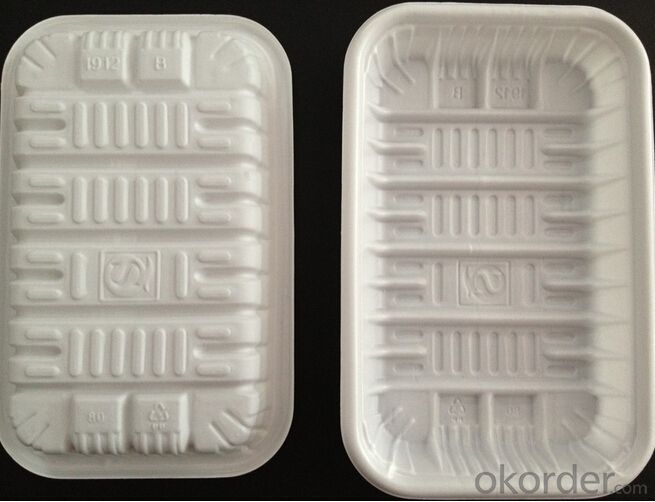
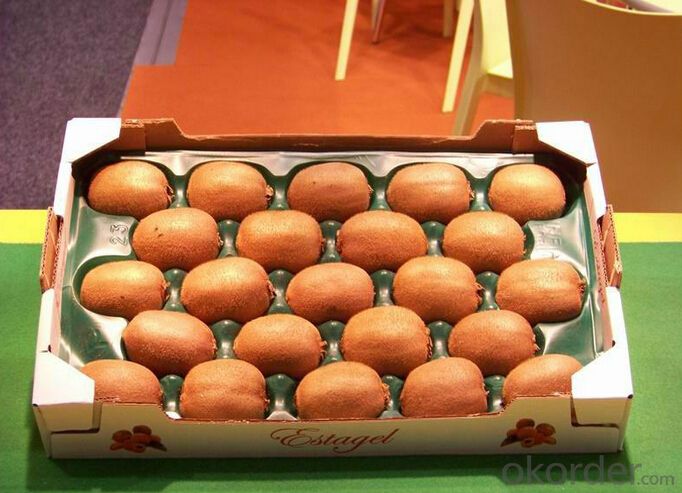
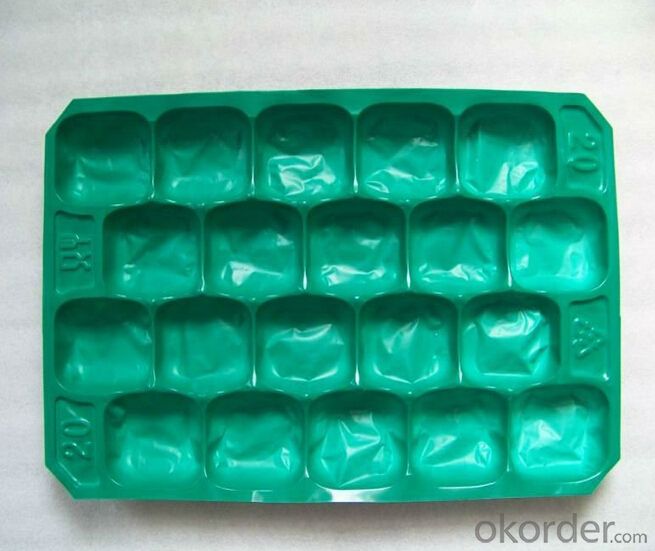
FAQ:
Q1 How fast can i get the quotation?
A We usually quote within 24 hours after we get your inquiry. If you are very urgent to get the price, please call us or tell us in your email so that we will regard your inquiry priority.
Q2 How can i get a sample to check your quality?
A After price confirmation, you can require for samples to check our quality.
Q3 What kind of files do you accept for?
A PDF, Word, Excel
- Q: NEED wesites on the guy who made plastic and why he made plasticeasy 10pts !!!! for best onethis is for my hw assignment...thanx so much
- The first truly synthetic plastic was invented by Leo Baekeland - a Belgium chemist living in New York. Baekeland was already very rich as he had invented the first commercially successful photographic paper and sold it to George Eastman in 1898 for $1 million. With such money, Baekeland could engage himself in whatever research he decided to do. In 1905, he found that when he combined formaldehyde and phenol, he produced a material that bound all types of powders together. He called this material Bakelite - after himself - and it was the first thermosetting plastic in the world. This was a material that once it set hard would not soften under heat. It had so many uses and so many potential uses, that it was called the material of a thousand uses. Bakelite was water and solvent resistant; could be used as an electrical insulator; was rock hard but could be cut by a knife and was used in 78 rpm records and telephones.
- Q: Im wanting to do a magnetic board for hanging fabric and I know that there is magnetic paint, but would would it work for hard plastic container that are kinda larger.
- Lilac is going beautiful with pink, or the different pastel for that count. And a stunning color of rose pink. also, i'm quite confident the baby will decide the position the magnets will or gained't stick, it really is a sturdy getting to comprehend device besides.
- Q: How do you establish ground cover in an existing garden?
- To establish ground cover in an existing garden, you can follow these steps: 1. Prepare the area: Clear any weeds, rocks, or debris from the soil surface. Loosen the soil to provide a good base for the ground cover plants. 2. Select the appropriate ground cover: Choose a ground cover plant that suits your garden's conditions, such as the amount of sunlight, soil type, and moisture levels. Consider factors like the desired height, color, and maintenance requirements of the ground cover as well. 3. Planting: Dig small holes or trenches in the prepared soil and space the ground cover plants according to their recommended spacing. Gently place the plants into the holes, ensuring that the root system is covered with soil. 4. Watering: After planting, water the ground cover plants thoroughly to help them establish their root systems. Keep the soil moist but not waterlogged during the first few weeks to promote healthy growth. 5. Mulching: Apply a layer of organic mulch around the ground cover plants. This helps retain moisture, suppresses weed growth, and improves the overall appearance of the garden. 6. Maintenance: Regularly monitor the ground cover plants for signs of pests, diseases, or weed invasion. Water as needed, and provide any necessary fertilizer or additional care as recommended for the specific ground cover species. By following these steps, you can successfully establish ground cover in an existing garden, enhancing its beauty, reducing maintenance needs, and improving soil health.
- Q: What are the best ground cover plants for sun?
- Some of the best ground cover plants for sun include creeping thyme, sedum, and creeping phlox. These plants are low-maintenance, drought-tolerant, and provide attractive coverage for sunny areas.
- Q: I have a neighbor that will burn almost anything in his outdoor fire. Isn't this dangerous. One day I smelled plastic melting. Isn't that dangerous? Can't melting plastic cause cancer? I'm concerned anddon't know how to tell him in a nice way!
- 1] It depends greatly on what kind of plastic. The ones I would worry about are polyvinyl chloride [possible phosgene [COF2] in smoke] and polyurethane [possible cyanide in smoke]. Even then, if you are a ways away I doubt it will be a serious hazard. But polyethylene, polystyrene, polyester, etc I would not worry about. THat is not say that anyone should be huffing fumes from burning plastic. But it is not continuous exposure, the fire is a ways away, etc. 2] Do you have trash pickup ? Or recycling ? You could even offer to haul the plastic away for him
- Q: Lets say a mom had plastic surgery to change her looks. Will this affect how your babies will look like? Or will it depend on the mother's original appearance?
- Apppearance is predetermined by genes, plastic surgery has nothing to do with it.
- Q: What makes cheap plastic from the dollar store stink? Is it toxic?
- it's the lubrication that is used in the molds so it doesn't stick when they inject the liquid plastic. it's made of various biodegradable oils, mainly from animal tallow. Not washing it right away makes plastic absorb the oils. if they were to completely wash it off or tumble them, the price would go up. A friend of mine works in injection molding.
- Q: What are the different types of agricultural plastic filters and screens?
- There are several types of agricultural plastic filters and screens, including disc filters, screen filters, sand filters, and media filters. Each type has its own specific design and function, but all serve the purpose of removing impurities and debris from water used in agricultural irrigation systems. Disc filters use a series of stacked discs with tiny grooves to trap particles, while screen filters use a mesh screen to capture larger debris. Sand filters utilize a bed of sand to filter out impurities, and media filters employ a combination of different filtration media, such as sand, gravel, and carbon, to achieve effective filtration.
- Q: How do agricultural plastic products improve crop pollination?
- Agricultural plastic products, such as row covers and tunnels, can improve crop pollination in several ways. Firstly, these products provide a controlled environment that protects crops from adverse weather conditions, such as wind or frost, which can negatively impact pollination. By creating a microclimate, they help maintain stable temperatures and humidity levels, promoting the activity of pollinators. Additionally, agricultural plastics can act as physical barriers, preventing pests and insects from accessing the flowers and interfering with pollination. Moreover, these products can extend the growing season by creating a warmer environment, allowing early or late blooming crops to attract pollinators when they might otherwise be absent. Overall, agricultural plastic products enhance pollination by providing a conducive environment for pollinators, protecting crops from external factors, and extending the availability of pollination services.
- Q: its smooth plastic, for a craft. Will anything stick?
- These are normal tubes of paint, the krylon is spray paint. Also try searching the web for plastic paint. Depending on your project, lightly sanding the surface might create enough tooth for normal paint to stick.
Send your message to us
Nested Blister Food Tray With Food Safety Grade
- Loading Port:
- Qingdao
- Payment Terms:
- TT OR LC
- Min Order Qty:
- 200000 pc
- Supply Capability:
- 6000000 pc/month
OKorder Service Pledge
OKorder Financial Service
Similar products
Hot products
Hot Searches
Related keywords
